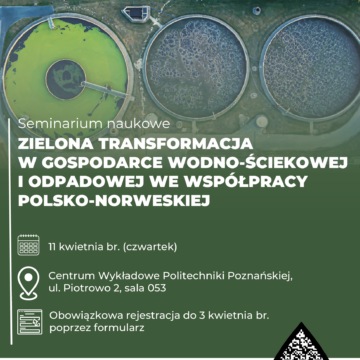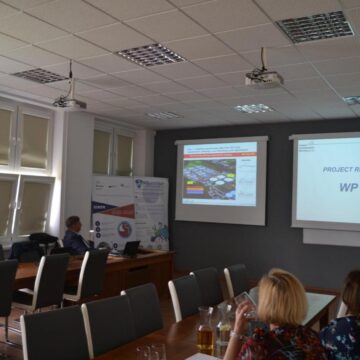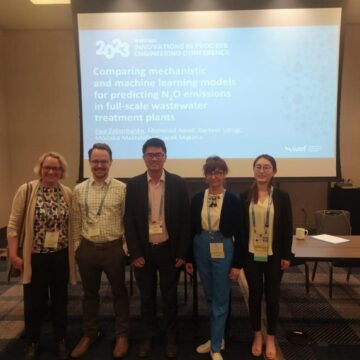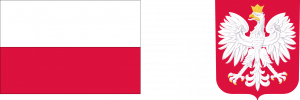SIREN
Integrated system for SImultaneous Recovery of Energy, organics and Nutrients and generation of valuable products from municipal wastewater project
About
The project
Wastewater should no longer be regarded as a threat, but as a pool of resources with the potential for recovery and generation of many valuable products, such as organic bio-polymers, nutrients, heavy metals, biofuels, thermal energy, etc. Integrated system for SImultaneous Recovery of Energy, organics and Nutrients and generation of valuable products from municipal wastewater project is divided to work packages, they all enable the project goals to be reached.
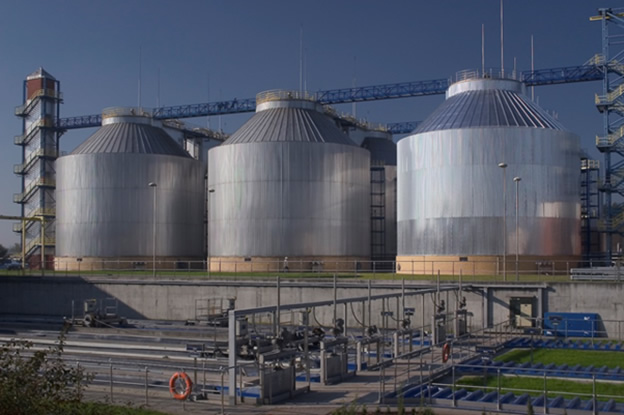
Working together for a green, competitive and inclusive Europe
The main goal of this WP is to recover the organic matter contained in the WAS sludge in form of biogas, biopolymers or organic acids. The consider methods should be beneficial from economic point of view as well as environmental friendly
The overall objective of WP2 is to treat reject water and recover such valuable substances as organic compounds and nutrients. Reject water is rich especially in ammonia, phosphorous and humic acids. If they are not removed, they return to the main stream of WWTP increasing the loading rate and influencing processes’ efficiency. The recovery of the valuable substances will improve plant performance with the additional benefit (production of fertilizer).
The main objective is to produce H2 from organic-rich streams, including that from the carboxylate platform, using microbial electrolysis cells (MECs).
The main goal of this WP is to optimize methods for microbial characterization of biomass that is used in synthesis and recovery of valuable chemicals.
The aim of Work Package 5 (WP5) is model-based evaluation and life cycle assessment (LCA) of the proposed integrated technology and its potential for implementation at the studied plant (Poznań). The comprehensive analysis considers plant performance (effluent quality) along with the most important sustainability factors, such as resource recovery (energy, nutrients and bioproducts), overall energy balance and greenhouse gas (GHG) emissions.
The main goal is to determine which applications the different recovered products are suitable for, directly or after some amendments, based on the products’ main composition, level of impurities and hazardous substances. Outcomes of the quality assessment, careful identification of appropriate applications and treatment measures proposed should contribute to overcoming implementation barriers and enhancing reusability potential of the value-added recovery products.
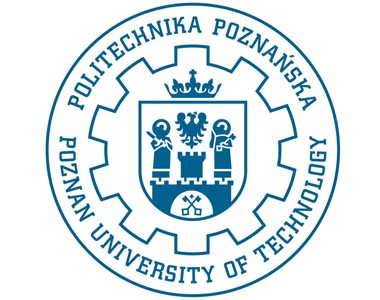
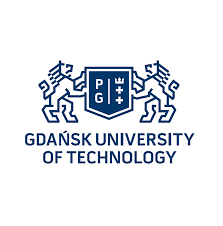
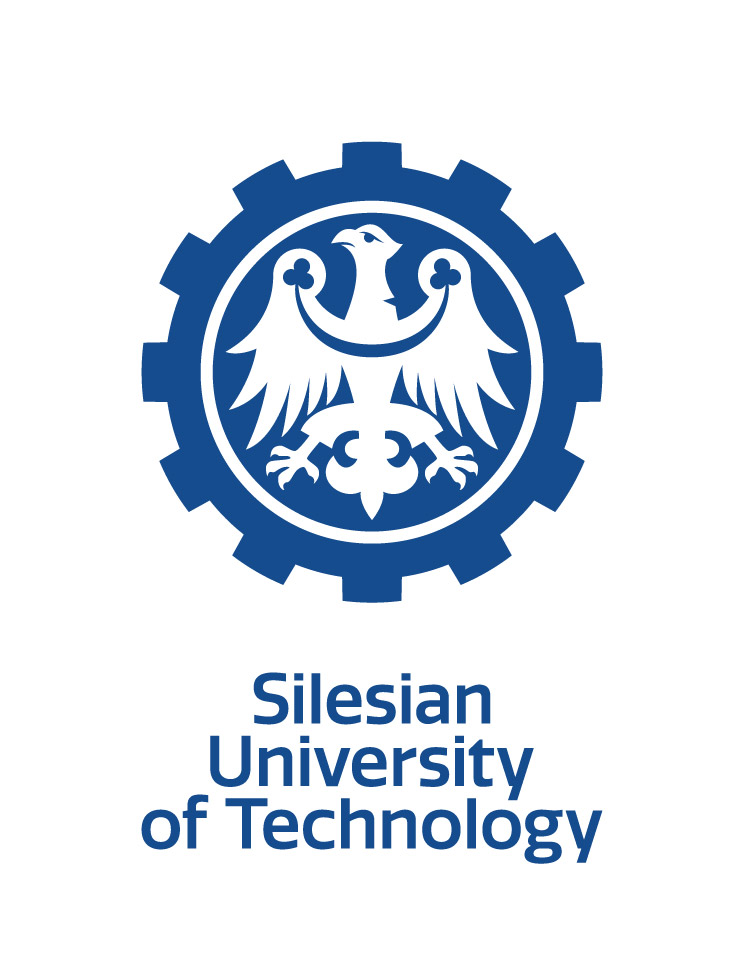


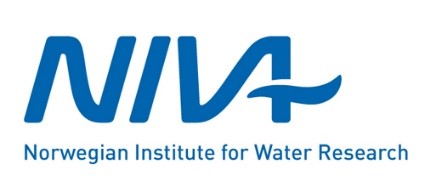
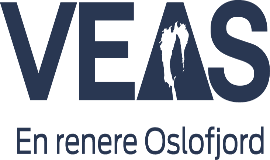
News
Find out more news from the project

Outcome
Here you will find materials from workshop, seminars and publications links with open access presenting results of the project.

